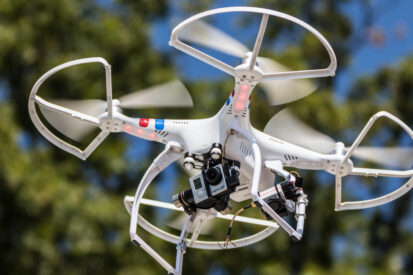What Would a Successful AAM Air Shuttle Network Look?
Sufficient vertiports strategically placed are the key
February 23, 2025 |

Time is money
The trio approached the challenge as a hub location problem with multiple allocation. The objective was to maximize the number of passengers who choose to reach the airport by eVTOLs operating as air taxis. They looked at passengers’ choice behavior with respect to available means of transport and an eye toward how air taxi shuttle flights can reduce travel times to Munich Airport. They speculated that eVTOLs may be used for special purposes, particularly to create feeder networks for airports.
Because of the costs to design, build, and operate the number of vertiports that can be opened at market launch is limited. Locations must therefore be chosen carefully. Furthermore, the selection of vertiport locations, as well as the construction of vertiports, will largely depend on the support of public authorities.
Where is the tipping point for widespread AAM adoption?
Initially, high ticket prices, time spent waiting to board, clearing security, and deboarding will all impact the adoption of AAM. Political concerns around noise pollution may further impede AAM’s acceptance.
The study concludes that an eVTOL-air taxi network will not be capable of significantly relieving the existing means of transport in the foreseeable future. When the networks are first put in place, passengers may only save 0.11 minutes of time. But, as the industry matures, travel time savings could save travelers 13.70 minutes on average. For an endeavor where every minute counts, that could be enough to help AAM fully reach its potential.

Top 3 Takeaways
- Ticket prices, time savings, and vertiport locations are among the factors that will weigh heavily in the adoption of AAM.
- Development of a feeder network to shuttle passengers from a city’s outskirts to its main airport will speed the adoption of AAM.
- In the beginning, time savings alone will not be long enough to merit taking an air taxi to the airport.
Keywords: #AAM Today, #AAM, #eVTOLs, #air shuttle networks


